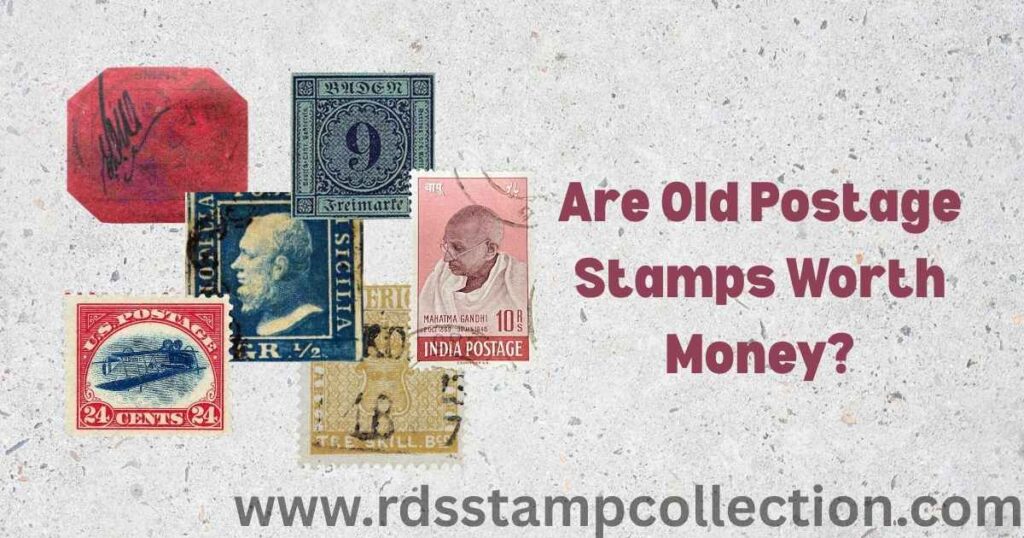Old postage stamps often spark curiosity. Many people wonder if those little paper squares tucked away in albums or drawers could actually be valuable. Stamp collecting, also called philately, is more than just a hobby—it can sometimes turn into an investment. But the big question remains: are old postage stamps worth money? The answer depends on a few key factors.
Why Collectors Value Stamps
Stamps are like miniature works of art that carry history on them. Collectors don’t just see stamps as postal tools; they see them as cultural treasures. Some even treat them as alternative investments, much like rare coins or vintage art. However, stamps are not liquid assets—you need the right buyer, and sales can take time.
What Makes Old Postage Stamps Valuable?
1. Condition Matters Most
Just like antiques or rare books, the condition of a stamp plays the biggest role in determining its worth. A stamp in pristine, unused condition (often called mint condition) can sell for far more than one that is damaged, faded, or heavily postmarked. Proper storage in albums or protective sleeves is essential if you want your collection to hold value.
2. Rarity and Country of Origin
Rarer stamps are almost always more valuable. Limited-issue stamps or those from countries with smaller postal histories often fetch higher prices. A stamp printed in large quantities, on the other hand, is usually less valuable—even if it’s old.
3. Design and Theme
The subject on a stamp matters. Stamps featuring famous leaders, historical events, or beloved cultural icons tend to attract more buyers. In contrast, stamps with obscure or less recognizable designs may not sell for much.
4. Printing Errors
Errors can make a stamp extremely valuable. A famous example is the Swedish Treskilling Yellow, a misprinted 19th-century stamp that sold for over $2 million because it was supposed to be green but came out yellow. Collectors pay big money for these one-of-a-kind mistakes.
5. Age and Historical Significance
Not all old stamps are valuable, but many stamps issued before 1900 are considered classics. Their age, combined with limited survival, often makes them desirable in the market.
6. Special Stories and Backdrops
Sometimes, it’s not just about age or rarity but about the story. For instance, the 1907 one-cent Benjamin Franklin stamp (nicknamed the “Blue Boy”) gained fame because of its unique portrait and background story, making it more collectible.
Are Old Stamps a Good Investment?
While some rare postage stamps have fetched millions at auction, most stamps are not worth a fortune. They’re best viewed as a long-term hobby investment rather than a quick way to earn money. Their value can fluctuate, and selling them often requires patience.
That said, stamps can be a great way to diversify your collection of assets. Unlike stocks or real estate, they are tangible pieces of history you can hold, admire, and pass down through generations.
Tips for Selling Old Postage Stamps
If you think your stamps might be valuable:
- Work with a reputable dealer or auction house. They can properly appraise your collection.
- Avoid online scams. Many fake or forged stamps circulate on the internet.
- Get a certificate of authenticity for rare or high-value stamps.
- Do your research. Check catalogs like Scott or Stanley Gibbons to understand baseline values.
Final Thoughts
So, are old postage stamps worth money? Yes—but only under the right conditions. Rare, well-preserved, and historically significant stamps can command impressive prices, while most common issues are mainly of sentimental value. If you own a collection, treat it with care and seek expert advice before selling.
Whether you’re a collector, investor, or someone who just found a dusty album in the attic, stamps remain a fascinating bridge between history, culture, and art.


